It’s no secret that replacing an HVAC system isn’t cheap, but when it comes to getting the most bang for a customer’s buck, the “buy once, cry once” philosophy is becoming a more feasible option for high-end products with the plethora of financial incentives currently available.
Today’s high-end products come with the expectation of high efficiency, less fretting about reliability, and the assurance that these are the most sustainable options available on the market. Customers are also now frequently seeking more customizable experiences and, with home automation and the internet-of-things (IoT) thrown in the mix, this high-end technology is taking HVAC systems to the next level.
What is ‘High-End?’
For the average customer, when they hear “high-end,” some are only hearing “higher price,” but that’s simply not the case, as these products offer so much more than standard systems.
“From a consumer standpoint, a high-end HVAC system is one where they are in control,” said David Palazzolo, director - residential split system product marketing, Daikin Comfort Technologies North America Inc. “They can monitor and control their system manually or automatically, either from the thermostat or from an app, within their home or from anywhere in the world. HVAC controls with Wi-Fi and IoT capabilities are a must for any new high-end HVAC systems.”
With high-end systems, customers truly are getting what they pay for in terms of reliable performance and connectivity, noted Piero Caballero, senior product manager, ducted systems, Johnson Controls, adding that connectivity is a feature that’s becoming more and more present in every aspect of everyday life, so HVAC systems should be no different.
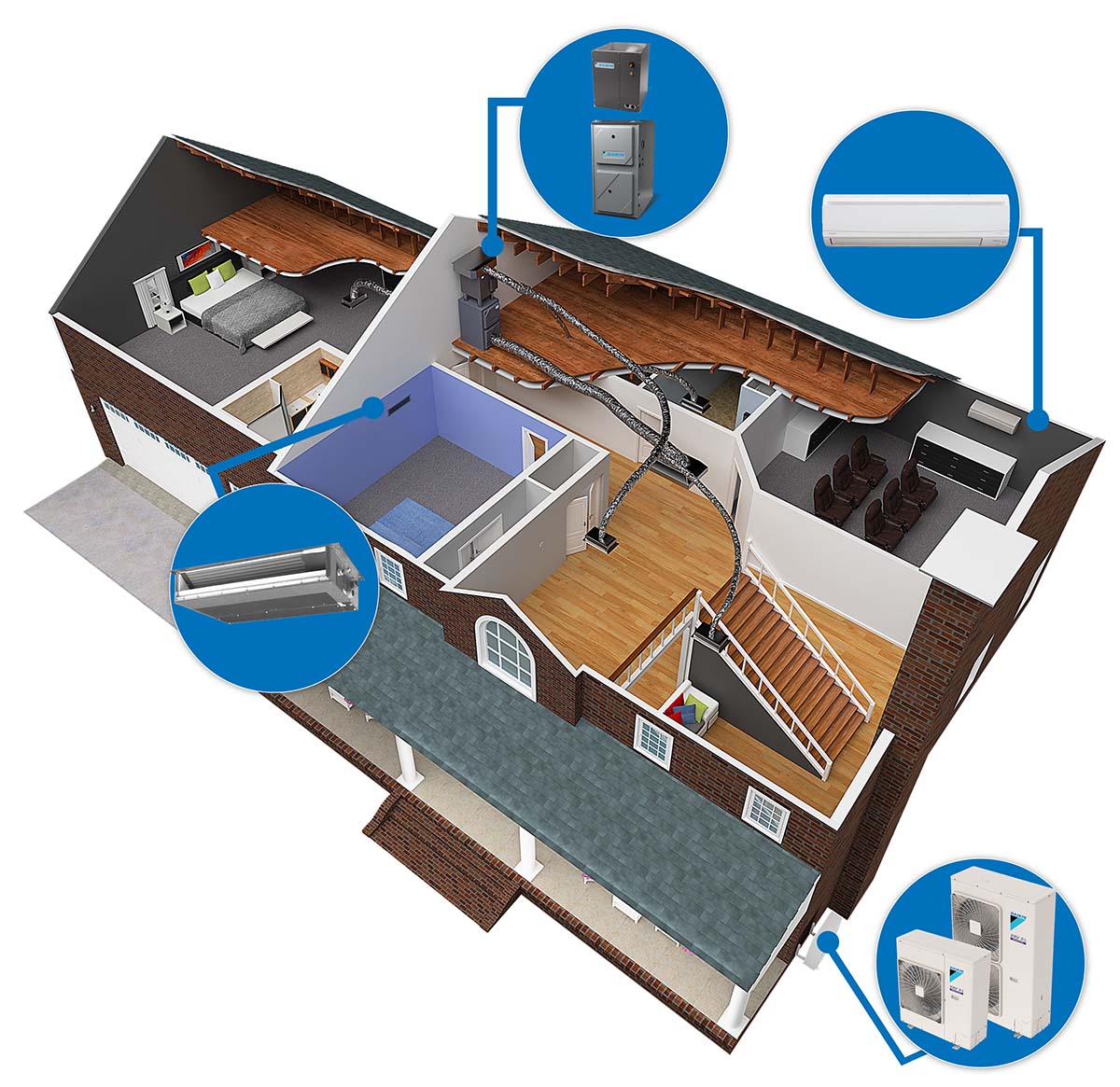
NEW INNOVATION: Products like Daikin’s VRV LIFE boast a VRV heat pump with gas furnace connectivity for residential applications. (Courtesy of Daikin)
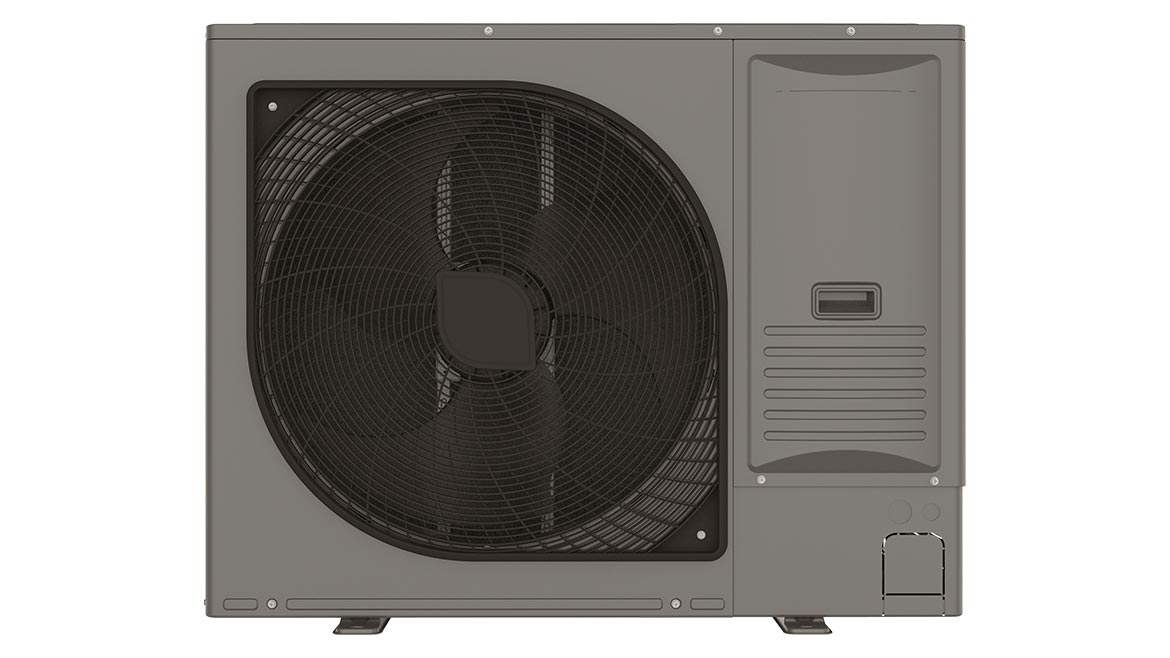
FUTURE READY: These new high-end systems, like the YORK HH8 18 SEER2 Side-Discharge Variable Speed Heat Pumps, offer the use of low-GWP refrigerant R-454B, allowing homeowners to reduce their home’s energy use and carbon footprint. (Courtesy of Johnson Controls
“Another important aspect of a high-end HVAC product is one that is future-ready and environmentally sustainable, such as York HH8 18 SEER2 Side-Discharge Variable Speed Heat Pumps,” Caballero said. “These new, premium systems are one of the first to use low-GWP refrigerant R-454B, allowing homeowners to reduce their home’s energy use and carbon footprint.”
Aside from the customer gaining additional features that make their lives easier, the same can be said for the people actually tasked with installing it.
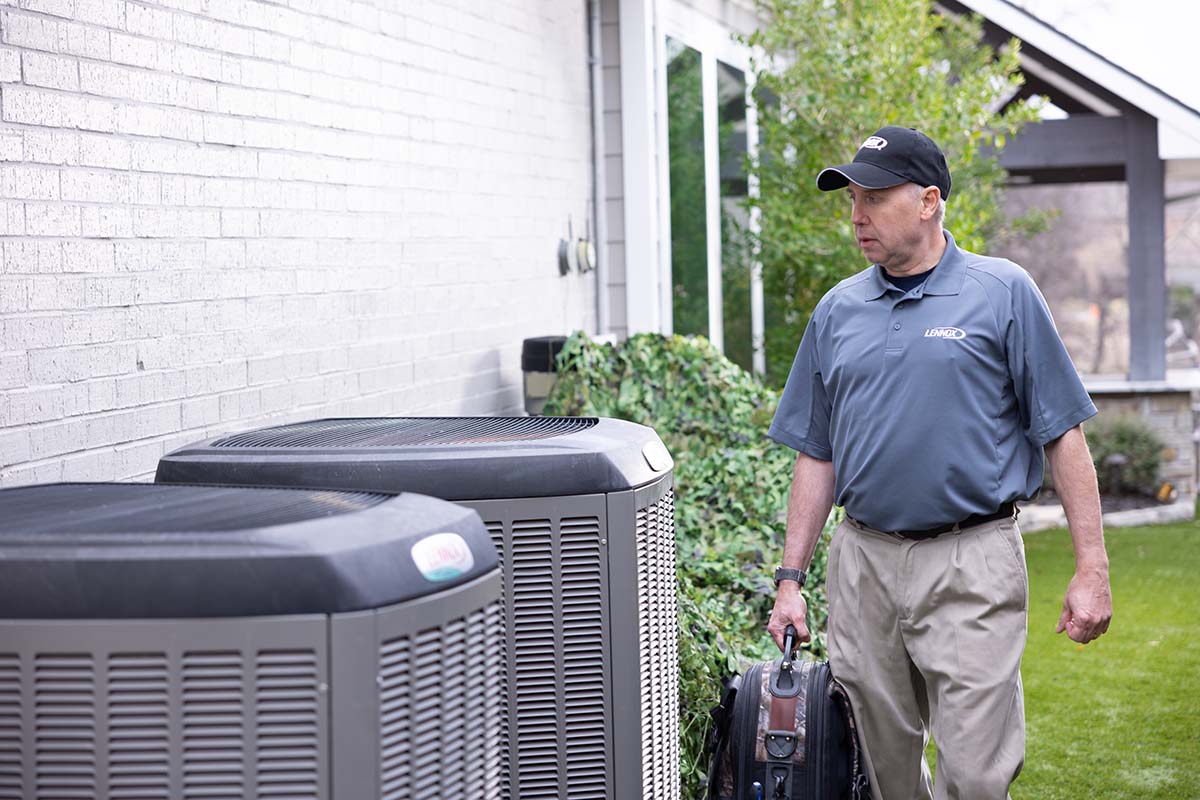
EASE OF INSTALLATION: For contractors, high-end systems typically offer simplified installation and maintenance. (Courtesy of Lennox)
“For contractors, high-end systems typically offer simplified installation, startup, and maintenance processes,” said Lee Butler, senior product marketing manager, Lennox Residential HVAC. “At Lennox, our Ultimate Comfort System integrates all these attributes, embodying the pinnacle of our high-end product line.”
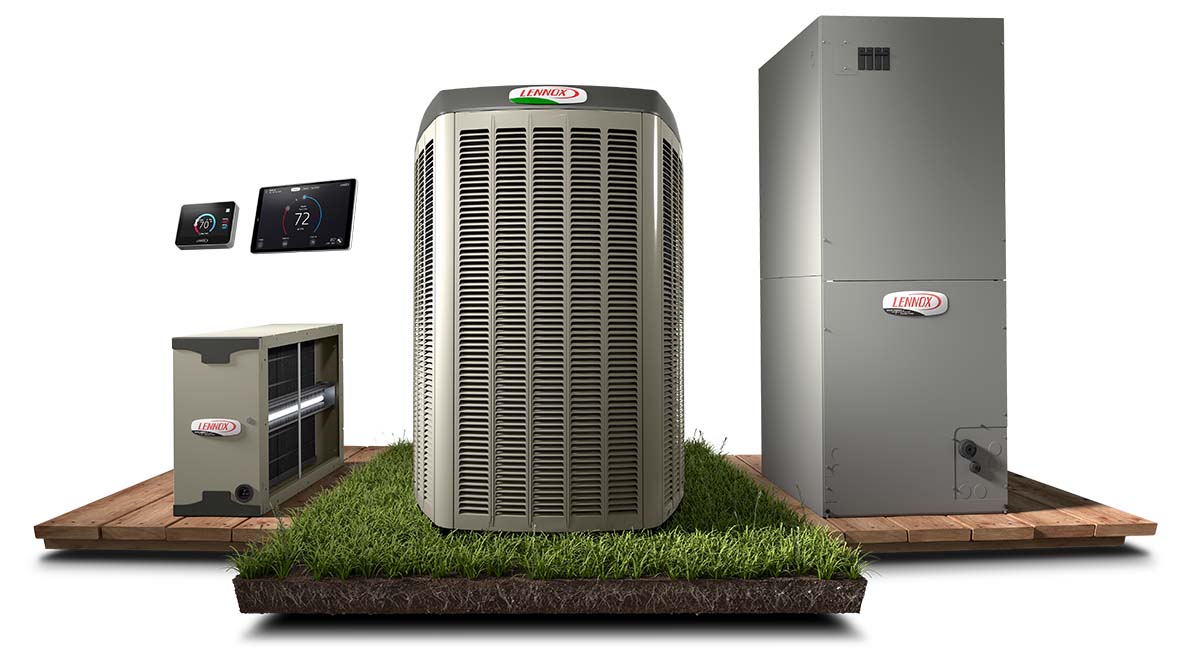
ULTIMATE COMFORT SYSTEM: At Lennox, their Ultimate Comfort System integrates leading-edge technology, custom comfort options, precise controls, and seamless connectivity among products. (Courtesy of Lennox)
Gains in Efficiency
Depending on the quality of the system it's replacing, high-end HVAC equipment should bring substantial energy savings and lower operating costs.
“For example, the York YZV 19 SEER2 Affinity Heat Pump paired with the York Affinity YP9C 98% Modulating Gas Furnace allows for the use of the most efficient heat source based on the outdoor temperature,” said Tom Tasker, senior product manager, ducted systems, Johnson Controls. “This helps to allow the Energy Star Most Efficient-qualified YZV heat pump to cut energy costs by as much as 50%, and the precise heating the YP9C furnace provides can likewise cut fuel costs nearly 38% compared to older models. Since utility rates vary from region to region, actual rates will impact the savings homeowners see on their bills.”
Because customers are getting the best products a company has to offer, the advanced technology and premium components are also going to boost efficiency. And given that HVAC is often the highest energy cost in a household, the reduction in month-to-month utility bills can also be seen as an investment.
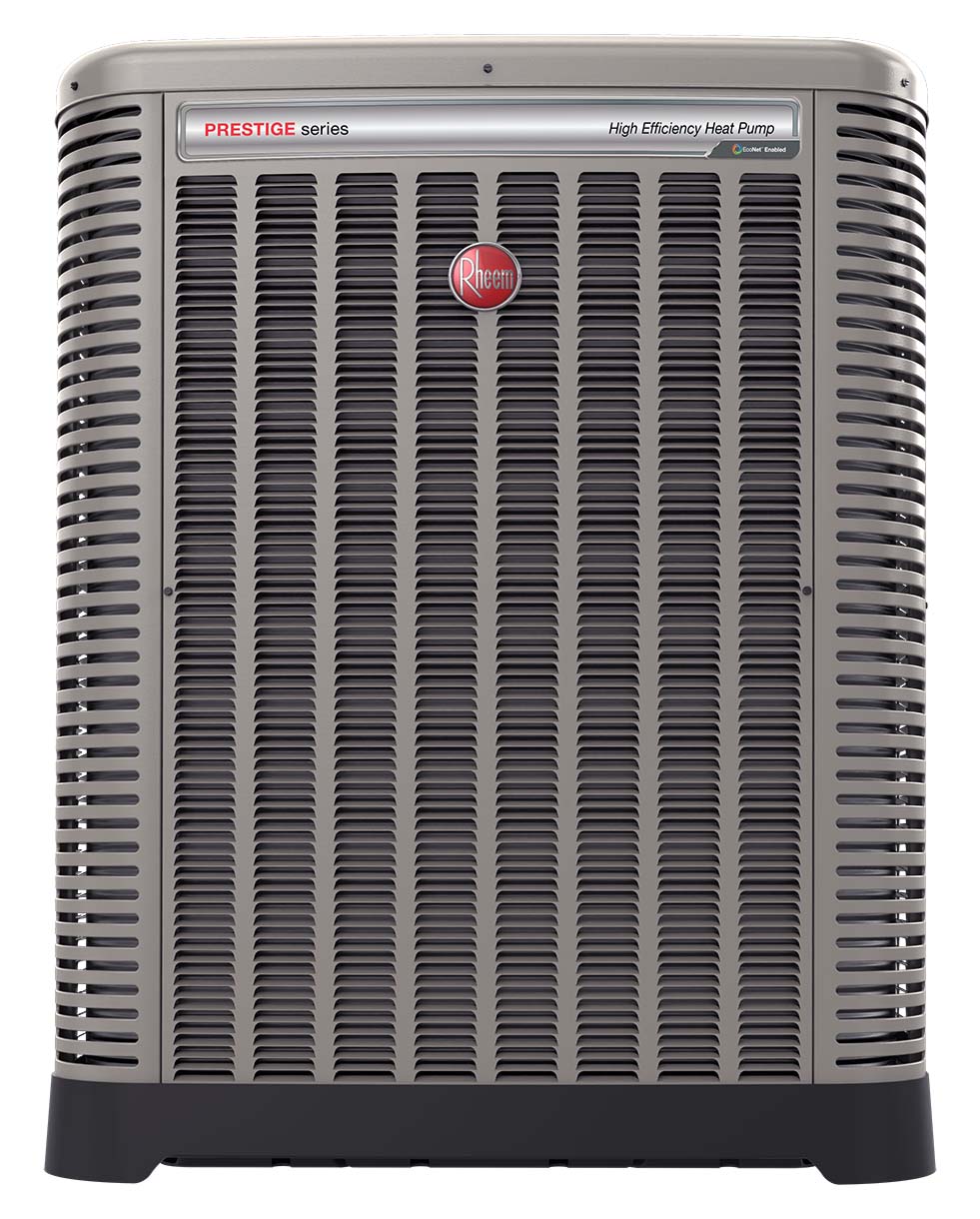
CONNECTIVITY: High-end systems incorporate the ability for consumers to remain connected, like with the EcoNet® Enabled Rheem Endeavor Line Prestige Series RP18AZ Heat Pump. (Courtesy of Rheem)
“With higher-end products, which are typically more efficient, homeowners can expect to see lower energy bills, and those products may qualify for tax incentives, saving them thousands,” said Jeff Goss, director of product management, residential systems at Rheem Manufacturing. “And while any system will require maintenance to some degree, higher-end systems boast connectivity technology and diagnostics (including Bluetooth technology that aids in quick and easy service) and tend to have longer lifespans, if maintained properly.”
But in the bigger picture, the gains in efficiency are only part of the equation.
“The efficiency ratings alone, in terms of Seasonal Energy Efficiency Ratio (SEER2) for residential products, do not account for the ‘real’ overall performance of a high-end HVAC system with variable speed inverter compressors,” Palazzolo said. “An inverter compressor system will typically run at only about 30% capacity most of the time, for longer periods, maintaining a more consistent indoor temperature compared to standard, single-speed reciprocating compressors that are either not running or running at 100% capacity. The longer runtimes of inverter systems provide homeowners with greater comfort due to fewer temperature fluctuations and lower humidity.”
Shifts in Customer Attitude
Environmental consciousness is quickly becoming one of the largest purchasing factors for consumers and, with more and more regulations being handed down from the government, there is a marked advantage to purchasing a system that can handle environmentally friendly refrigerants.
“As consumers become more mindful of their environmental footprint, the sustainability focus of high-end systems makes them an attractive investment for achieving both comfort and eco-consciousness,” Butler said.
Along with lowering carbon footprints, there are the aforementioned lower operating costs and more long-term value. The higher performance also equates to a higher level of comfort, which is also something consumers are asking about before making a purchase.
“While it may seem more convenient to opt for a budget-friendly HVAC system, many recognize the immediate and long-term benefits of investing in higher-end options,” Butler said. “While standard HVAC systems can provide adequate comfort, the superior comfort offered by premium products is unmatched. Additionally, advancements such as low ambient heating from heat pumps, variable speed capability, and Lennox's innovative technology which provides warmer and richer warmth from heat pumps, set high-end systems apart. These features not only enhance comfort but also contribute to reduced energy consumption and lower utility bills.”
Incentives
One of the biggest drivers currently are incentives and rebates being offered by the feds, the state, or the local utility company. A lot of these incentives can be combined, resulting in some seriously significant savings.
Through the IRA, including the 25C tax credit, homeowners can receive up to a $2,000 incentive for high-efficiency heat pumps and up to $600 for high-efficiency furnaces under the revised tax credit on specific models.
At Rheem, Goss said a lot of their high-end customers are taking advantage of IRA money to replace outdated and low-efficiency systems.
“Specifically for homeowners, federal tax incentives help homeowners to upgrade and install eligible heat and cooling systems, insulation, and air sealing in their home,” Goss said. “By taking advantage of the federal tax credit, homeowners can reduce their tax bill by up to $3,200 and offset some of the upfront costs of making energy-efficient home improvements.”
But for others, cost, incentives, or sustainability might not be the deciding factor — instead, it again comes back around to that connectivity and control.
“HVAC technology has really grown over the past several years and homeowners have gained a higher interest in their HVAC system, primarily due to the improvements in how they can interact with their system,” Palazzolo said. “Today’s controls have made it easier for homeowners to automate their system for home or away modes, day or night modes, zone control room by room, and they don’t have to be home to make the changes. They can simply tell any number of connected devices ‘good night’ and have it programmed to automatically change temperatures room-by-room for comfortable sleeping temperatures in the bedroom and economy temperatures in the rest of the home. As homeowners become more connected with their HVAC systems, they are becoming more interested in the available technology and features of the HVAC equipment itself.”
Making the Sale
Even though high-end products come with high-end price tags, it’s important to think of selling these as an investment customers can make in themselves, as HVAC systems are typically the highest consumer of energy in a home.
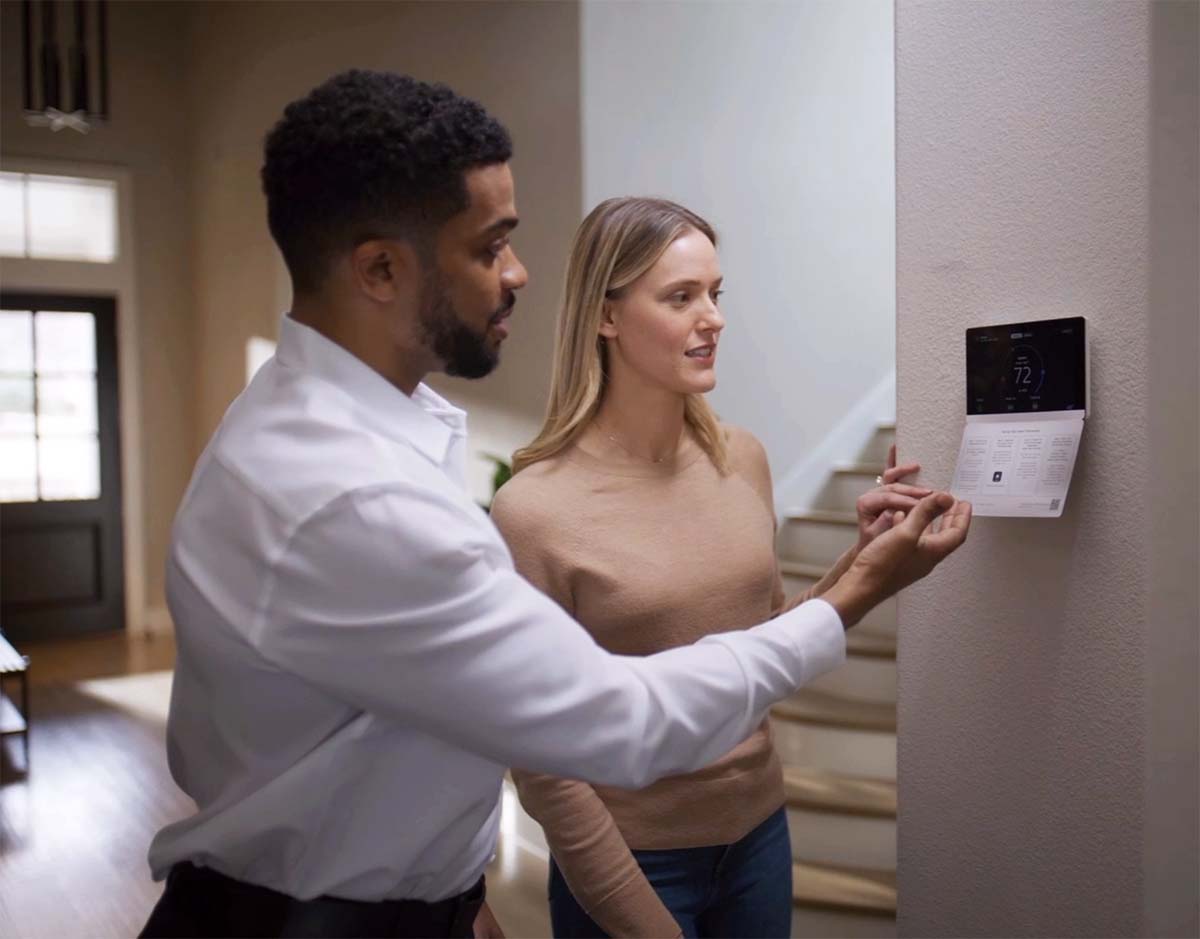
ENHANCED CONTROL: One major advantage of high-end products is the ability to control and customize comfort settings. (Courtesy of Lennox)
“Start by highlighting the enhanced comfort experience these products provide, emphasizing features such as precise temperature control, customizable comfort settings, and quieter operation,” Butler suggested. “Emphasize the long-term cost savings that come with energy-efficient systems, showcasing how these products can help homeowners reduce their utility bills over time.”
From new regulations to new technology, there’s always something that’s changing, which is why it’s important to keep up-to-date with the latest developments in new products and standards.
“The industry is seeing a lot of change, and it can be difficult to keep up with. Partnering with the right manufacturer to ensure contractors are educated on the newest and latest — from tax incentives to advanced technology — can make all the difference,” Goss said. “Rheem’s Pro Partner program is a great resource for contractors seeking online and in-person training opportunities on everything from product-specific installation to industry-wide updates.”
At Daikin, Palazzolo said the challenge of creating desirable high-end systems falls on the manufacturer, while it’s up to the contractor to factor in things like geography, temperature, and humidity when helping a consumer select a system.
“For example, in the Southeast, many homes have a raised crawl space and have a single packaged unit with all supply and return ducts routed through the crawl space underneath the house,” Palazzolo said. “Throughout the U.S., a shift from fossil fuel heating to all-electric heat pump heating is due to improvements in heat pump technology as well as government incentive programs, creating continual growth for heat pumps. In the Northeast, where boiler systems were once the heating system of choice, and with air conditioning becoming more of a demand, all-electric heat pumps are replacing older boiler systems to provide year-around air conditioning and heating comfort. Heat pump technology has drastically improved over the past several years and this has changed the mindset of contractors in the northern U.S. and Canada where we are seeing large shifts to all-electric heat pump systems.”



Report Abusive Comment